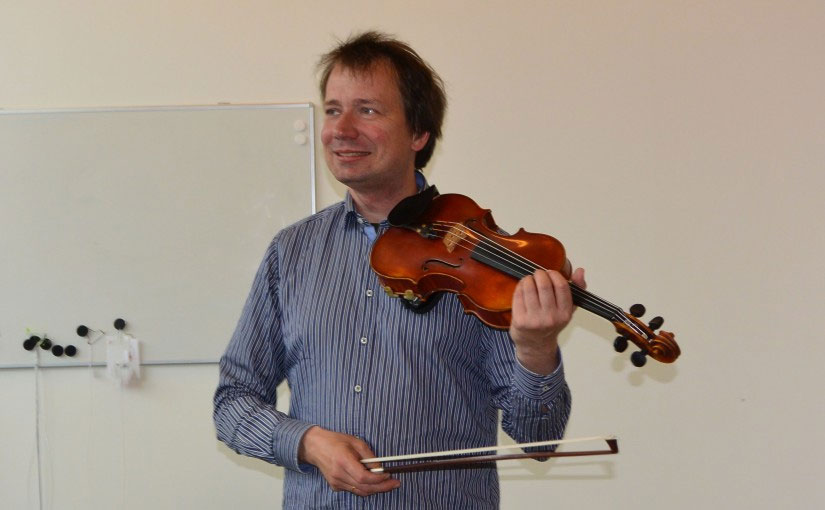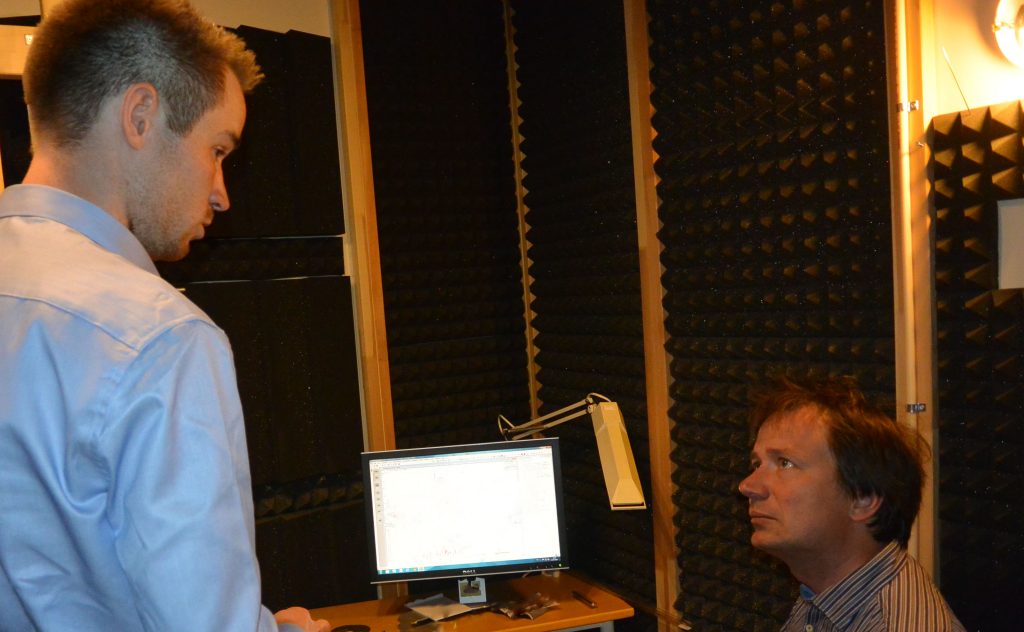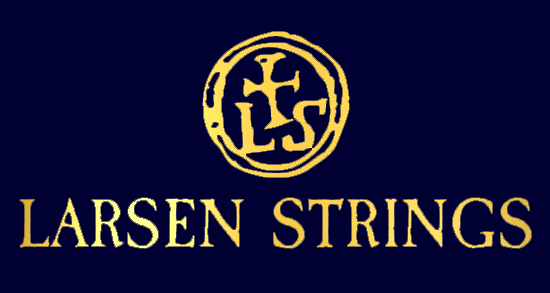When trying strings with South Denmark Philharmonic’s violinist Jakob Elmedal Johansen, we talked about the way musicians view instruments, bows and strings. While Jakob placed much importance on the choice of instrument and bow, he had never given much thought to string choice. He simply played the strings suggested by his violinmaker. Jakob was also of the opinion that his fellow musicians do not think that strings have an important impact on their instruments. As he expressed it: “Most musicians see strings as unimportant spare parts”.
“Many musicians see strings as unimportant spare parts”

Jakob’s violin, a French instrument from Joseph Hel (1889), had a nice warm sound. Especially the E-string was shining through. As a first step, we replaced the G-string with a Virtuoso medium string. Jakob immediately perceived a significant difference with the A and D strings which vibrated much easier due to the reduction in string tension on the instrument. At the end of our session, Jakob’s violin was strung with Larsen Virtuoso medium and even though we had reduced the tension on the instrument by approx. 1½ kp, the violin had gained more volume and projection. Also with the E-string, we succeeded in providing a nice sounding string that could match Jakob’s former string and give him some additional colours to play with.
In the end, Jakob realized that strings are not just spare parts…
String tension and the harmonic spectrum

Finishing our session, we took some time to show Jakob how we measure the sound quality of strings in our advanced sound laboratory. By doing so, we acquire valuable insight into the sound properties of every string. It helps us understand the difference between a brilliant and a warm string. Jakob showed much interest in the technology behind the strings and we had an interesting discussion about how scientific knowledge helps us shape the sound in our pursuit of the perfect string.
However, the critical component in string development is and always has been the musician.
We work with musicians in string development as an essential phase of the Larsen process: Working with you to discover the soul of your instrument.
Many thanks to Jakob Elmedal Johansen for visiting us – We couldn’t do it without you.
